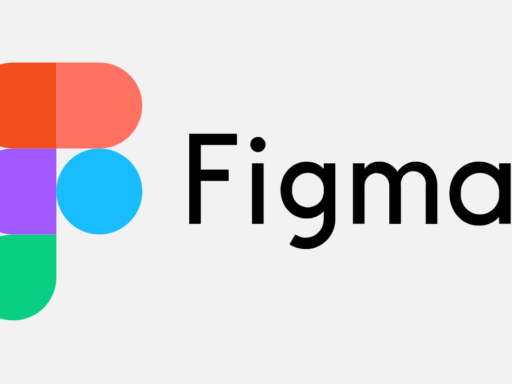In the vast digital landscape, where attention spans flicker like candle flames, the power of visual storytelling reigns supreme. An ingenious blend of illustration and web design can transform mere information into immersive narratives that captivate, educate, and inspire. Let’s delve into the art of creating visual storytelling by harmonizing these two creative realms
Lay the Foundation with Purposeful Storytelling
Every captivating visual narrative begins with a well-crafted story. Define the purpose behind your narrative—whether it’s to entertain, educate, persuade, or evoke emotions. Understanding your audience and their needs is crucial; it shapes the tone, style, and content of your visual story.
Sketching the Blueprint: Wireframes and Storyboards
Before diving into detailed illustrations, sketch out the blueprint of your narrative through wireframes and storyboards. Wireframes establish the structure and layout of your web design, guiding the placement of illustrations for maximum impact. Storyboards, akin to a comic strip, map out the sequential flow of your narrative, ensuring a cohesive and engaging experience.
Infusing Life with Illustrations
Illustrations breathe life into your narrative, adding personality, emotion, and visual appeal. Choose a style that aligns with your story—whether it’s minimalist, whimsical, realistic, or abstract. Consistency in illustration style fosters coherence and enhances the overall aesthetic of your web design.
Seamless Integration: Illustrations and User Interface
Integrate illustrations seamlessly into your user interface (UI) design. They should complement textual content, guide user navigation, and enhance user experience. Pay attention to hierarchy, contrast, and balance to create a harmonious blend of illustrations and UI elements.
Interactive Elements: Adding Depth and Engagement
Elevate your visual storytelling with interactive elements. Incorporate animations, parallax scrolling, hover effects, and micro-interactions to add depth and engagement. Interactive illustrations not only convey information but also encourage user interaction and exploration.
Mobile Responsiveness: Ensuring Accessibility
In today’s mobile-centric world, ensure your visual storytelling is responsive across devices. Optimize illustrations and web design elements for various screen sizes and orientations. Fluid layouts, scalable graphics, and touch-friendly interactions enhance accessibility and user satisfaction.
Conclusion:
Creating compelling visual storytelling through the fusion of illustration and web design is an artistry that blends creativity, strategy, and user-centricity. By crafting purposeful narratives, integrating captivating illustrations, optimizing for accessibility and engagement, and refining based on insights, you can weave immersive experiences that resonate with your audience and leave a lasting impression in the digital realm.







